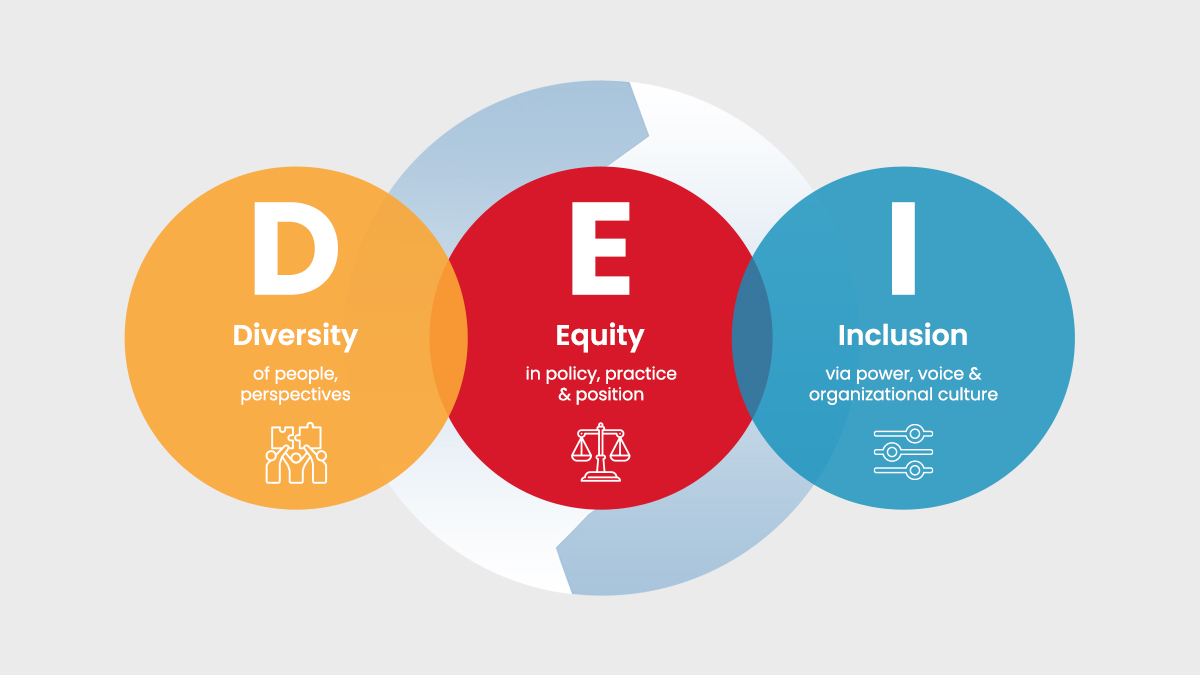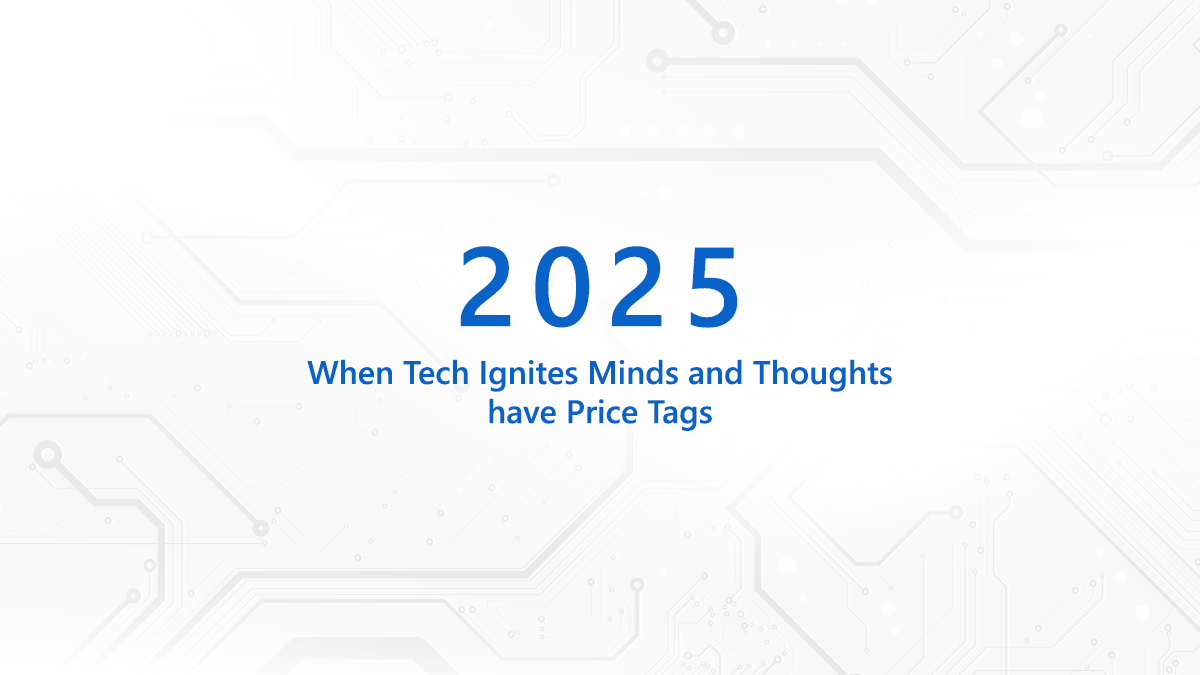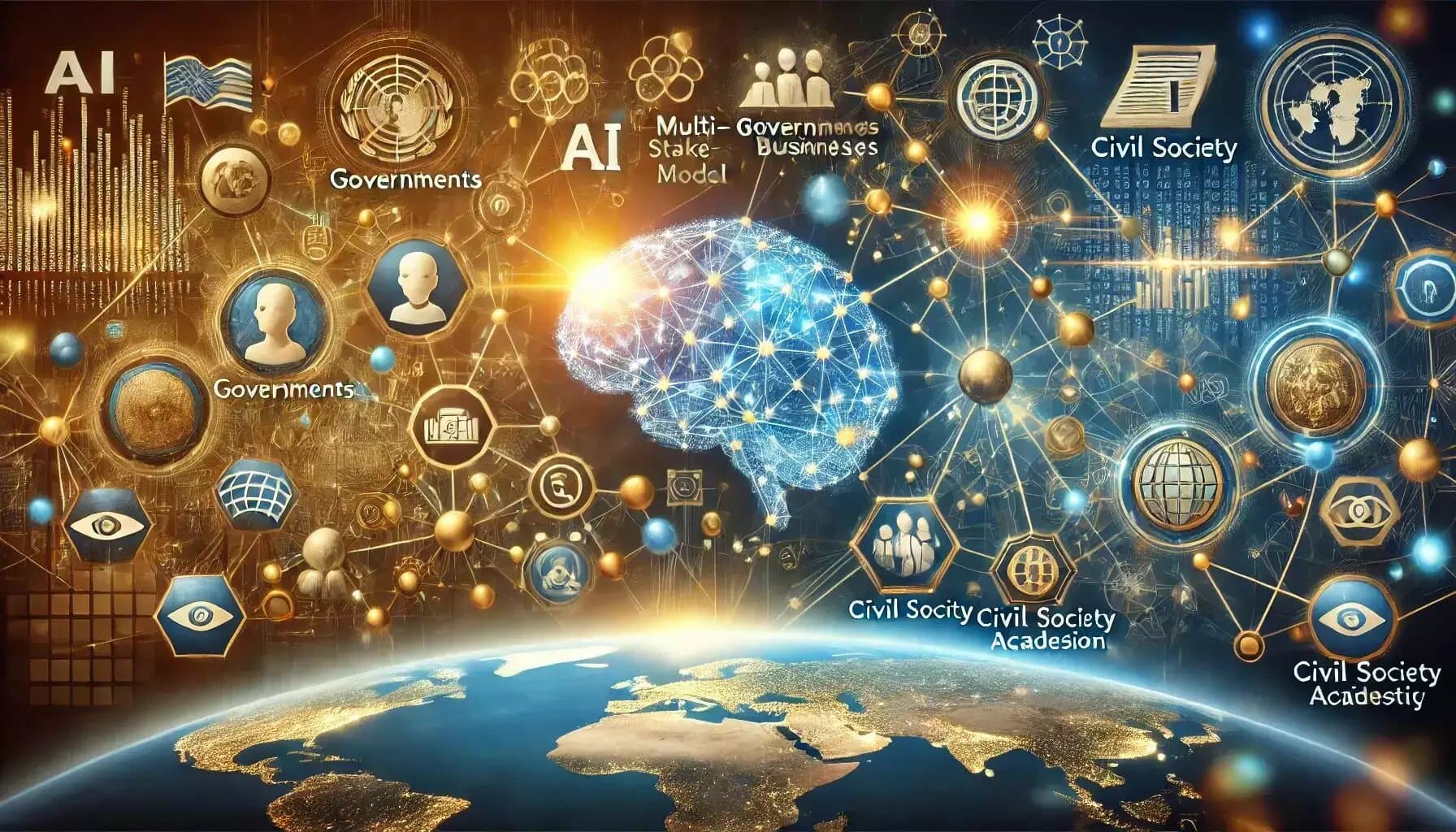
Ever thought why human resource is the defining strength for any organization? And, how companies align their expenses with investments in human capital. In any organization, human resource is the workforce driving its wheel of fortune. What sets the human resource apart is its ability to unlock value from other resources like land and capital to keep the economy on a roll. As they put it: You take care of your people and they will do the rest to meet your goals. Mindful of this truism, organizations are tuning in to HR Analytics to unlock more value from integrated Human Resource Management Solutions (HRMS) solutions. Backed by Artificial Intelligence, the Analytics suite has capabilities such as anticipating future skills, mapping workforce trends, appraising the expertise of employees, making an objective analysis of work culture and what not.
How HRMS is a 360 degree value creator
HRMS is a suite of software applications to manage human resources (HR) and related processes. The days when you had to fill in forms for joining or applying a leave and even taking the performance appraisal are becoming passé. Automation is substituting paper driven processes, easing the burden on HR managers. But HR leaders and their staff are not the only people who mine gains from this automated system. The benefits are cross-functional. Companies can empower managers and employees with self-service for common tasks. Also, executives can tap HRMS to generate data on workforce trends and study their implications. Moreover, as business needs are evolving, HRMS solutions are moving beyond integration with accounting system to optimize costs- rather, they help companies to extract more financial insights out of HR data.
Sample this- without an integrated HRMS, employees create heterogeneous data on multiple platforms and sources. This makes data reconciliation cumbersome. But with a seamless HRMS, all data is aggregated in a single bucket, enabling faster decision making and optimal workforce planning. HRMS solutions offer a string of other benefits- they are invaluable in developing and retaining talent, personalizing learning plans and setting up mentorships. Smart HRMS solutions also enable HR managers to set up a knowledge repository so that employees can find answers to frequently asked questions (FAQs) and securely access their records. Such solutions packaged as cloud-based, software-as-a-service (Saas) model need less hardware and data centre space and a lean IT & development team for maintenance, support and training. This rationalizes expenditure for HR technology and improves user experience (UX).
Digital Leap for Human Resource Solutions with Analytics
HRMS solutions that are automated end-to-end, scalable and customizable will reign enterprise priorities in the future. We are talking of such collaborative systems that not just optimize budgets and trim costs of ownership but the ones that promote interoperability and innovation, ensure data protection and streamline resource management. To illustrate, solutions can be more convenient if a single technical resource can operate multiple models. More than resource management, enterprises are witness to the change sweeping the HR function- on how its role is no longer pigeonholed to talent acquisition and onboarding the new recruits.
Human Resource Management Solutions can leapfrog to the next level with the touch of Analytics. HR Analytics can redefine the entire cycle-from mapping future skills to building high caliber teams and shoring up bottom-line.#HR #ArtificialIntelligence https://t.co/2eU3MopQc7
— Priyadarshi Nanu Pany (@NanuPany) January 22, 2021
Analytics with the touch of disruptive technologies like AI is expanding the vision of this changing perception. When used meaningfully, HR analytics promise to contribute to anorganization’sbottom-line. HR analytics is the best bet for professionals for recruiting new employees, curbing attrition rate, identifying areas where automation can be implemented, improve employees’ experience and enhance productivity.This is essential since HR mismanagement can waste thousands of dollars. In UK and US, $37 billion is wasted every year on unproductive employees. Today, HR professionals can tap options offered by an array of HR metrics. Like, we have the Employee Churn Rate for assessing your workforce’s turnover rate, Capability Analytics for mapping skills and expertise of your employees, Organizational Culture Analytics for objective analysis of work culture to ward off undesirable practices, Capacity Analytics for establishing operational efficiency of workforce and Leadership Analytics to build high caliber leadership team.Enterprises have different HRMS solutions tailored to their work culture. But they are on the same page on the role of data as the ‘new oil’. Let this data power the HRMS engines of growth.
The author is Priyadarshi Nanu Pany, founder & CEO of CSM Technologies. This article was originally published on his LinkedIn profile.


























































We will verify and publish your comment soon.